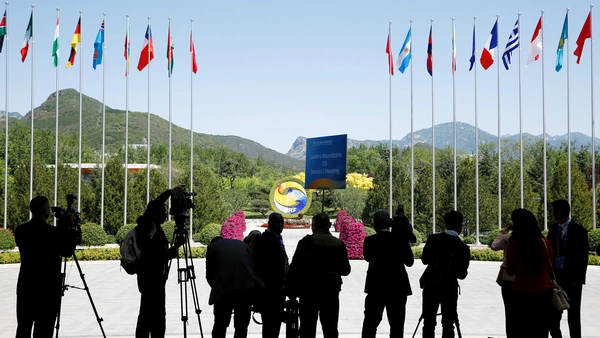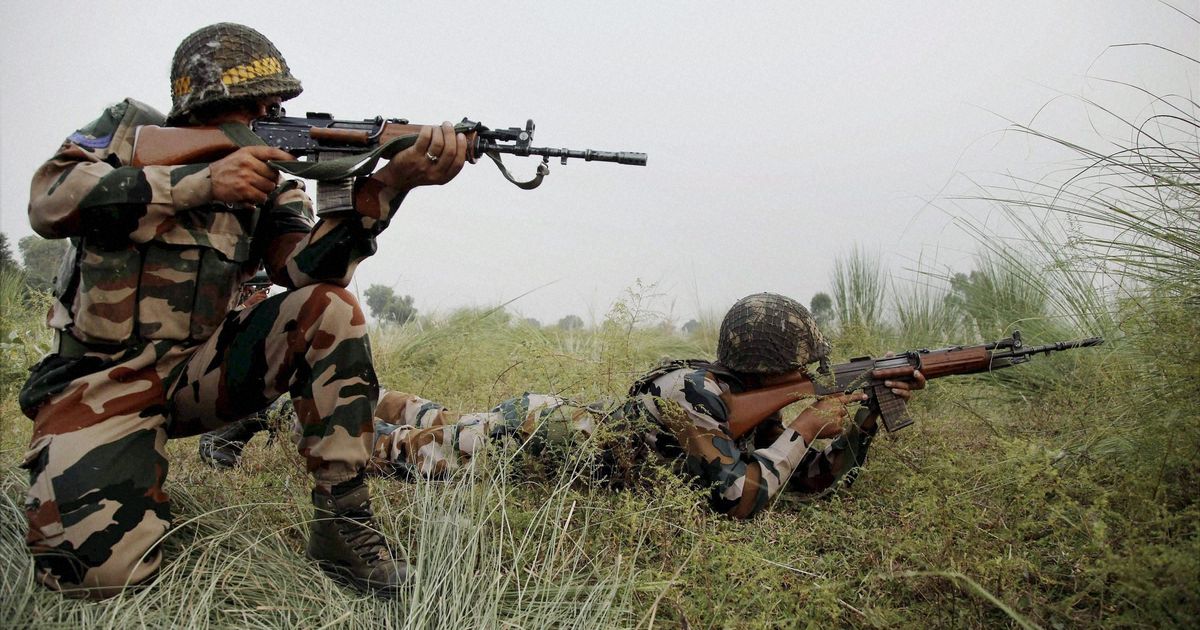Mark Pomerleau
Former Secretary of Defense Ash Carter trotted out his assignment to Cyber Command to start generating offensive effects against the organization. His deputy, Bob Work, who continues to serve as the acting deputy secrecy of defense, went as far to say DoD is dropping “cyber bombs” on ISIS.
The effort, dubbed Joint Task Force-Ares, was stood up by Adm. Michael Rogers, the commander of Cyber Command, “to coordinate cyberspace operations against ISIS,” he said in written testimony to Congress. “JTF-Ares’ mission is to provide unity of command and effort for USCYBERCOM and coalition forces working to counter ISIS in cyberspace. The JTF model has helped USCYBERCOM to direct operations in support of USCENTCOM operations, and marks an evolution in the command-and-control structure in response to urgent operational needs.”
“The Task Force has brought cyber out of the shadows and successfully demonstrated the value and capabilities of cyberspace operations to the Joint Force when integrated as part of broader coordinated military effort,” Lt. Gen. Paul Nakasone, the commander of Army Cyber Command and JTF-Ares, wrote in congressional testimony this week.
















 .
.


